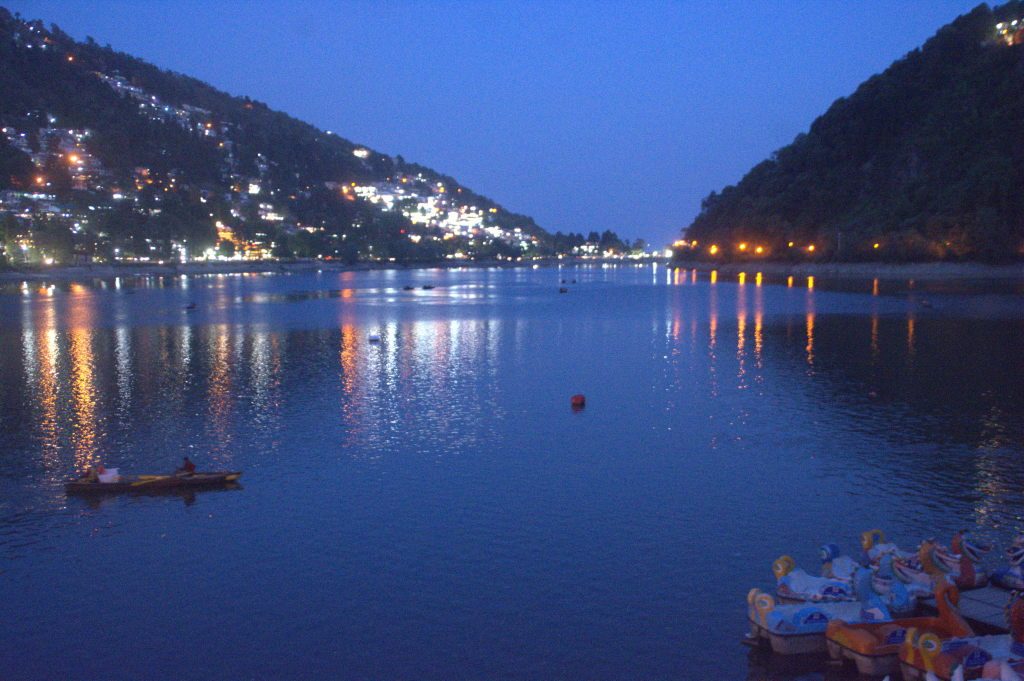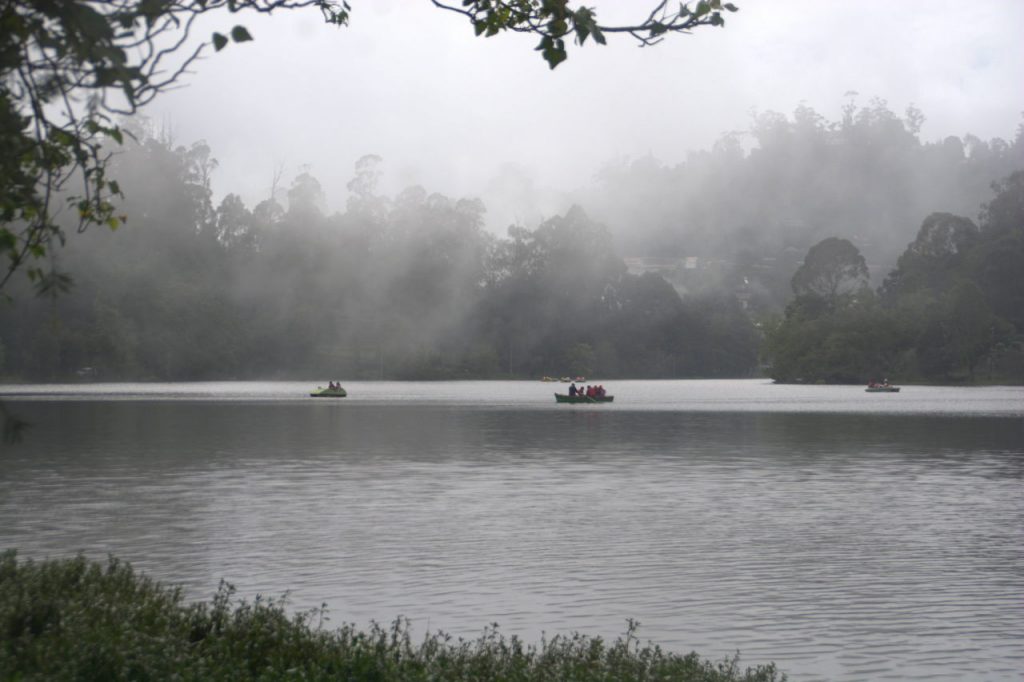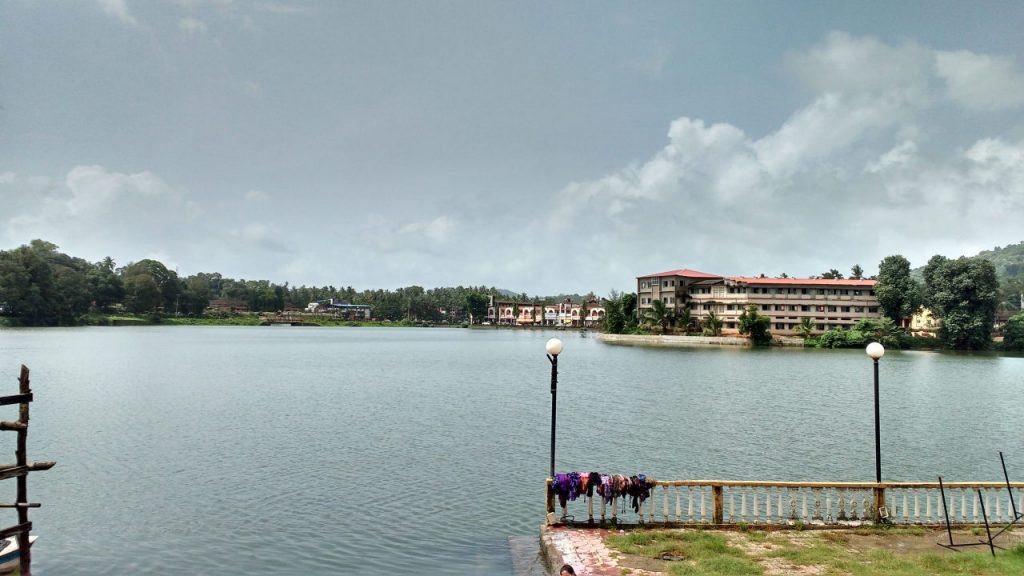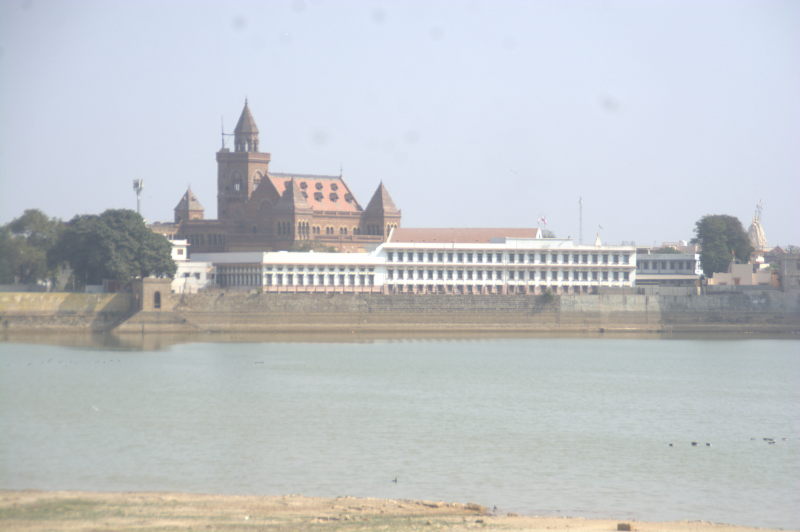India is country with several lakes. Major cities in India have lakes as sources of water. Mumbai has Powai, Tulsi and Vihar. Bengaluru has Ulsoor and Madivala. Chennai has Chetpet, Ambattur and Chitalapakkam. Pune has Khadakvasala and Pashan. But, these are just lakes within cities. Certain localities within these cities surround the lakes instead of the city itself being founded due to the lake. In this post, we look at _ cities whose reason to start, develop and flourish is due to a large natural lake in the centre or to one side. We are also excluding cities where the lake was artificially formed after the city was already founded e.g. Hussain Sagar in Hyderabad, Shibsagar (Assam), etc. While there are several such cities in India, we focus on the ones that we visited in India 360 and can help you with.
Chandigarh
India’s first planned city post-independence is deliberately situated near the Sukhna lake. The city was made to be near a large water body right from the outset. It was planned to be roughly equidistant from New Delhi and Amritsar. The foothills of the Himalayas at Shimla was observed to gather all the water from the rain in the area and also molten snow. This led to the catchment area of Sukhna lake. This lake forms the basis and the water source for the city, which has since flourished with its own unique features like the Rock Garden and the International Doll Museum.
Nainital, Uttarakhand
A flat basin on a small plateau in the southern end of the Kumaon mountains in Uttarakhand acts as a catchment. Geographical reasons aside, the Naini lake or Naini Tal is so named because it is believed to be the Shakti Peeth where the left eye of Goddess Sati fell. The lake forms the centrepiece of the British-built hill station and is popular for boating and yatching. The main road adjoining the lake is named Mall Road. This road is closed to traffic for certain hours every day and forms a lake-side promenade with plenty of shopping options. The Gobind Ballabh Pant Zoo, simply referred to as the Nainital Zoo, has an interesting collection of animals ranging from small birds all the way to big wild cats.
Kodaikkanal, Tamil Nadu
The Western Ghats form a natural border between Kerala and Tamil Nadu. The mountains to the south of the pilgrimage town of Pazhani in Tamil Nadu have a valley which led to the formation of a large lake collecting the rain water from the ample monsoon in the area. The British saw the opportunity to build the town of Kodaikkanal to get away from the heat of nearby Madurai city, which they used as their industrial base. Kodaikkanal lake is surrounding by beautiful pine trees and is nearly always covered by a layer of mist, making it a very beautiful and romantic sight. There are several activities in the town including boating, waterfalls and viewpoints.
Sawantwadi, Maharashtra
A small Marathi speaking dynasty known as the Sawanta Bhosale ruled a region in present day Sindhudurg district in Maharashtra. The capital of that princely state was the town of Sawantwadi. Their palace can still be seen in the town which is a mere 20 km from Goa state. The palace was chosen to be built by the bank of the Moti lake or Moti Talao, the centrepiece of the city today. The lake is formed by the monsoon water of the Amboli hills that flank the east of the city. With the royalty locating themselves to the lake side, the town grew and is now a commercial city mainly serving as a transport hub serving Malvan city, Tarkarli beach and Vengurla beach. Sawantwadi is also know for its cashew nuts, as that region in Sindhudurg district is conducive for its growth.
Moirang, Manipur
The Loktak lake takes up a huge landmass in the plains of Manipur state. The lake is known for several floating cultivation islands called ‘phumdi’. It is also famous for the sighting of the state animal of Manipur, the Sangai deer. The town of Moirang came up on the south-western bank of the lake. The location was popularised by Subhash Chandra Bose’s Indian National Army. You can see the INA museum in the town of Moirang. Moirang is also the road head for a visit to the Keibul Lamjao national park that surrounds the Loktak lake and offers the best chance to spot the dancing Sangai deer.
Bhuj, Gujarat
The district of Kutch in Gujarat is famous as the road head to the Great White desert, otherwise known as the Rann of Kutch. Kutch district is an arid area with very little rain throughout the year. The entire region is as good as a desert. But Bhuj city, which is the headquarters of the district today, has been the capital of the Kutch kingdom of the Jadeja dynasty for centuries. The Prag Mahal of jadejas, which was made famous as the palace in the movie Lagaan, was made in Bhuj for a reason. The only reliable fresh water body in Kutch is Harmirsar lake, around which Bhuj is founded. The area around the lake is Bhuj’s most upscale and commercial zone. So refreshing is the Harmirsar lake to the otherwise arid Kutch landscape, that you can spot migratory birds, such as even pelicans, in the area around the lake.
Lake cities we did not cover
In India 360, we chose not to cover the states of Madhya Pradesh and Rajasthan. We did not cover the lake cities of Bhopal, Ajmer or Udaipur. We hope to cover lake cities in MP, Rajasthan and Odisha in future trips.
Conclusion
Water has always been an essential commodity for humans. You will often see the roots of cities around the world tracing back to a water source such as the coast or river sides. Lake cities have been around for centuries in India. Starting as small settlements near water, the cities grew into commercial, religious and administrative importance.






